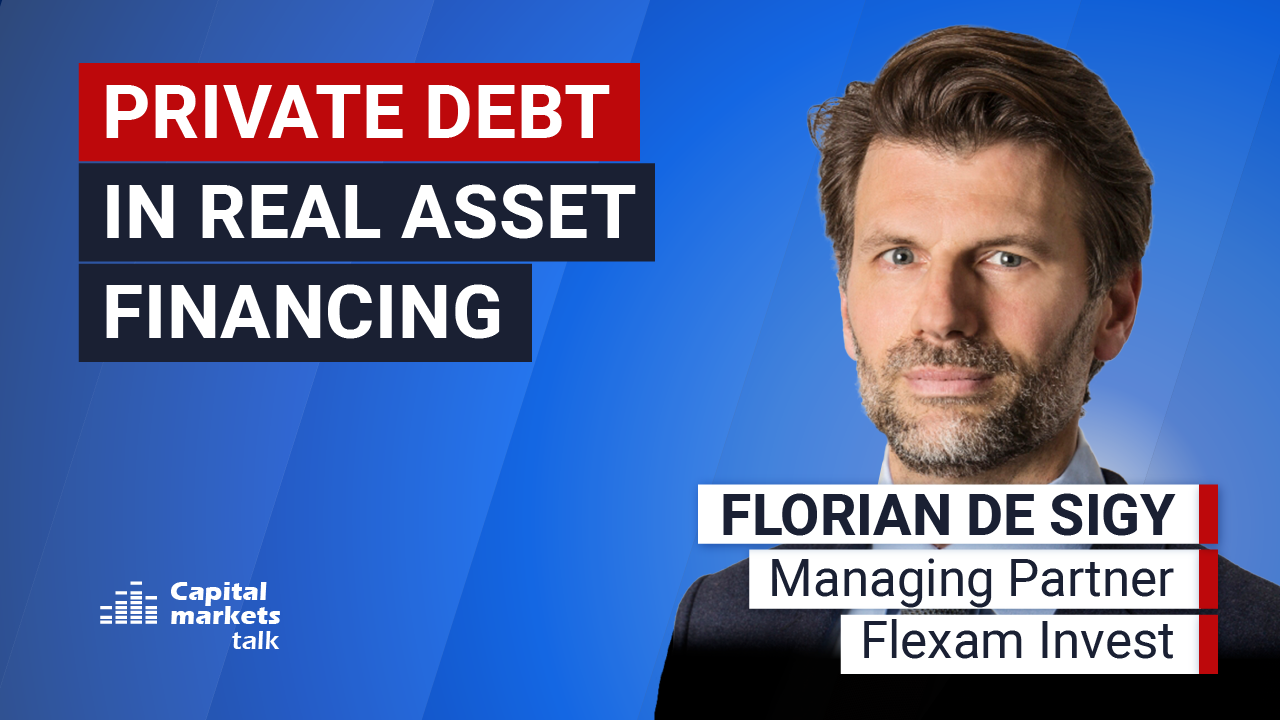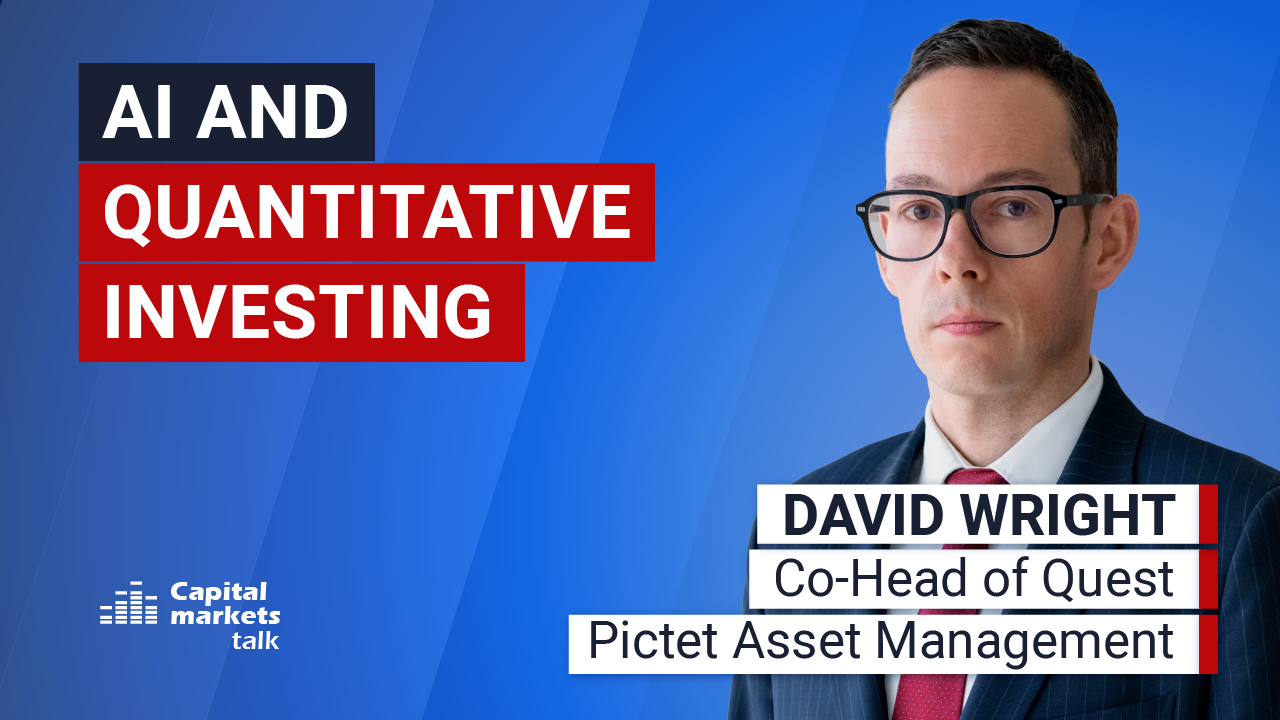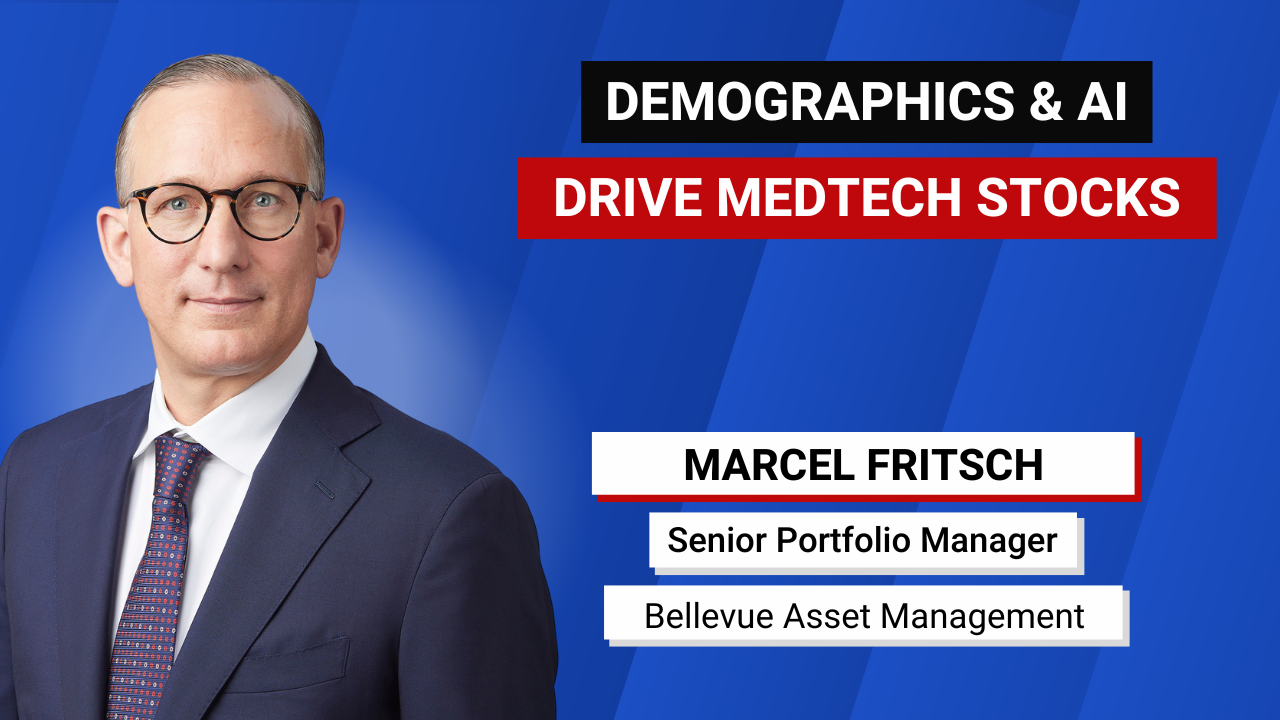Economic growth and infrastructure development go hand in hand, and the recent supply chain bottlenecks have put the spotlight on the nature of transport infrastructure and logistics assets around the world. Although the worst seems to be over, the pandemic exposed problems such as outdated infrastructure, insufficient capacity, flexibility and efficiency, but it has also created opportunities, as Brookfield Asset Management writes in its whitepaper ‘Transport Infrastructure: Four Themes to Watch’.
Manufacturers previously held minimum stockpile for higher liquidity but are now shifting to a ‘just-in-case’ inventory model, with logistics facilities trying to secure more warehouse space. Brookfield believes that to achieve this task, shipping ports need to be more resilient to handle the high volumes and need to become more efficient with technology and automation.
The pandemic forced people to shop online instead of physical stores and this put tremendous pressure on transportation networks. The goal of last mile delivery networks makes it even more important to have resilient transport networks. Brookfield says this will require revaluation of the importance of inventory buffers and location of critical assets. The asset management firm says current inventories need to be boosted significantly.
Additionally, a shift to green economy will push the transportation sector to reduce its CO2 emissions. Many businesses will need to invest in transitioning their assets and business models to meet emission targets. Moreover, the demand for transportation of low carbon emitting fuel, such as natural gas and hydrogen, is on the rise.
“Positioning these assets for the modern energy economy represents a significant opportunity. In working to “green up” their logistics networks, companies will seek providers of energy-efficient forms of transportation infrastructure with capital and operating expertise,” writes Brookfield.
Lastly, the pandemic has changed the mobility patterns of people and advances in technology will change urban mobility. The development of an electric vertical take-off and landing aircraft can significantly reduce urban congestion. If such an idea does take off, it will require modern infrastructure such as parking garages on top of offices.
“Looking ahead, we expect transport infrastructure companies to increasingly seek partners who can provide capital, along with operational expertise, and have seen the durability of these assets first-hand through different economic cycles and periods of disruption,” writes Brookfield.
Download the whitepaper here.
Read more

Global Trade
Trump ignites global trade war / Reactions
The USA itself will be the victim of Trump’s trade policy.

Private Debt
The case for private debt in real asset financing
What makes the combination of private debt and real assets particularly compelling in today’s market?

Schroders
Looking ahead: 30-year return forecasts
Higher returns are expected across asset classes, driven by stronger productivity growth for equities and elevated long-term central bank rate projections for bonds.

Quant Investing
AI and quantitative investing
Artificial intelligence applications go way beyond stock selection.

Bellevue Asset Management
Demographics and AI drive MedTech stocks
MedTech investment case: What makes it attractive, which trends stand out?





















